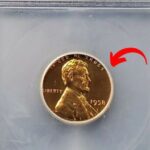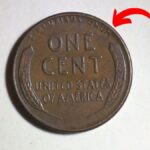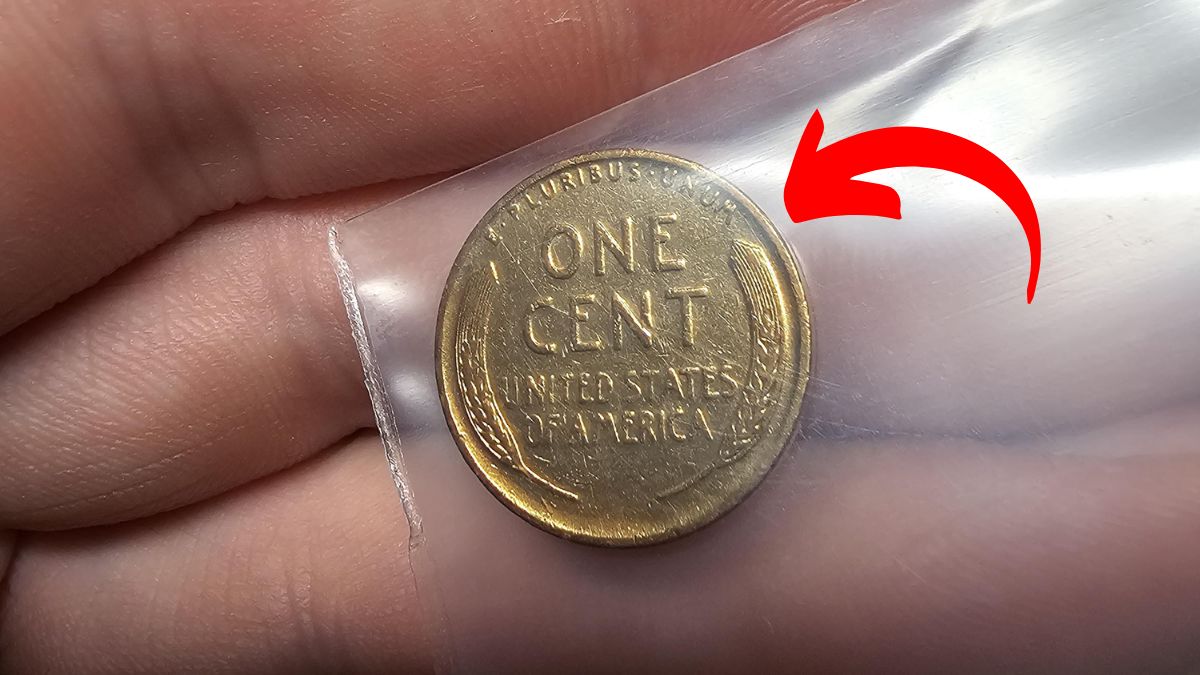Lincoln Wheat Penny Valued at $7.0 Million: Have you ever considered that a simple penny in your pocket could be worth millions? This isn’t just a fantasy but a remarkable reality for some lucky individuals. A rare Lincoln Wheat Penny recently sold for an astonishing $7 million, making it one of the most valuable coins in existence. What’s even more fascinating is that experts believe some of these extremely valuable pennies might still be circulating today, passing from hand to hand unnoticed. This article explores the extraordinary story behind these valuable pennies, why they’re worth so much, and how you might identify one if fortune smiles upon you. The possibility that you could discover a life-changing treasure in your spare change adds an element of excitement to something as ordinary as checking your coins.
The History of the Lincoln Wheat Penny
The Lincoln Wheat Penny first appeared in American pockets in 1909, marking a significant milestone in U.S. currency. This was the first time an American coin featured the portrait of a historical figure – President Abraham Lincoln. The coin’s reverse side displayed two wheat stalks framing the words “ONE CENT” and “UNITED STATES OF AMERICA,” which gave the coin its distinctive name. This design was created to commemorate the 100th anniversary of Lincoln’s birth and symbolized the prosperity and growth of America. The U.S. Mint continued producing these wheat pennies until 1958, when they switched to the Lincoln Memorial design that many people are familiar with today. During those nearly five decades of production, billions of these coins entered circulation.
What Makes Some Lincoln Wheat Pennies Worth Millions?
While most Lincoln Wheat Pennies you might find are worth only a few cents beyond their face value, certain rare variations have become incredibly valuable to collectors. The penny that sold for $7 million was a 1943 copper penny, which is exceptionally rare due to a fascinating historical circumstance. During World War II, copper was needed for the war effort, so the U.S. Mint switched to making pennies from steel instead. However, a small number of copper blanks from 1942 were accidentally left in the presses, resulting in the creation of a few copper pennies in 1943. These mistaken coins are now among the most prized possessions in numismatics (coin collecting).
The Wartime Penny
The story of the $7 million penny begins during the tumultuous years of World War II. In 1943, the United States government directed the Mint to conserve copper for military equipment and ammunition by making pennies from zinc-coated steel instead. This change was supposed to be universal, with no copper pennies produced that year. However, a small number of copper planchets (coin blanks) were accidentally left in the coin presses at the beginning of production. These few copper pennies that slipped through represent some of the most valuable mistakes ever made. Over the decades, these rare coins have been discovered in circulation, old collections, and even in the pockets of ordinary people who had no idea of their value until they had them evaluated.
How to Identify a Potentially Valuable Lincoln Wheat Penny
If you’re wondering whether you might have a valuable penny in your possession, there are several key features to look for. First, check the date – the most valuable Lincoln Wheat Penny is the 1943 copper version, though other dates like 1909-S VDB, 1914-D, and 1922 plain (no mint mark) are also highly valuable. Next, examine the material – a 1943 penny should be made of steel and appear silvery in color unless it’s one of the rare copper ones. You can also use a simple magnet test: steel pennies will stick to a magnet, while copper ones will not. Additionally, look for the mint mark, which appears as a small letter under the date. Pennies with an “S” (San Francisco) or “D” (Denver) can be more valuable than those from Philadelphia, which don’t have a mint mark.
The Thrill of the Hunt
Despite the passage of time, experts believe that some of these extremely valuable pennies might still be in circulation today. People often spend old coins without realizing their worth, or these treasures remain hidden in collections passed down through generations. This means that anyone could potentially discover one of these rare pennies in their everyday transactions. Some lucky individuals have found valuable coins in their pocket change, in rolls of pennies from the bank, or in collections inherited from relatives. While the odds of finding a $7 million penny are admittedly slim, the possibility exists – and that’s what makes checking your change so exciting.
Practical Tips for Treasure Hunters
If you’re inspired to search for these valuable pennies, there are several approaches you can take. Begin by examining any old pennies you already have at home, especially those that appear different or unusual. Pay special attention to any pennies from 1943 that don’t look like the others (most 1943 pennies should be steel and have a silvery appearance). You might also consider coin roll hunting – purchasing rolls of pennies from banks and searching through them. Many collectors enjoy this as a hobby that combines the thrill of the hunt with the potential for discovery. Using a magnifying glass can help you spot important details, mint marks, and potential errors that might increase a coin’s value.
What to Do If You Find a Rare Penny
If you believe you’ve found a valuable Lincoln Wheat Penny, it’s important to handle it carefully. Never clean the coin, as this can significantly reduce its value. Instead, place it in a protective holder to prevent damage. The next step would be to have it authenticated by a professional coin grader or dealer. Organizations like the Professional Coin Grading Service (PCGS) or the Numismatic Guaranty Corporation (NGC) can verify whether your coin is genuine and assess its condition, which greatly affects its value. If your penny turns out to be one of the rare valuable ones, you might consider selling it through a reputable auction house that specializes in rare coins.
The story of the $7 million Lincoln Wheat Penny reminds us that extraordinary value can sometimes be found in the most ordinary places. While the chances of discovering such a rare coin are small, the possibility adds a touch of excitement to the mundane act of checking your change. Beyond the potential financial windfall, there’s something magical about connecting with history through these small pieces of metal that have passed through countless hands over the decades. So the next time you receive change from a purchase, take a moment to look closely at those pennies – you never know what treasure might be hiding in plain sight.
Disclaimer
This article is provided for informational purposes only. While the information about valuable Lincoln Wheat Pennies is based on documented sales and numismatic research, the author and publisher make no guarantees regarding the probability of finding such coins in circulation. Coin values fluctuate based on market conditions, collector demand, and authentication. Readers should consult with professional numismatists or coin dealers before making any purchase or sale decisions regarding potentially valuable coins.





















